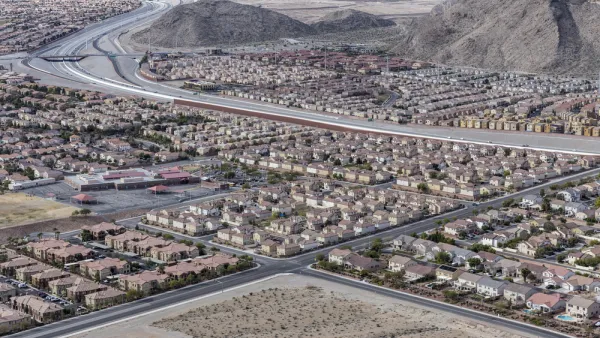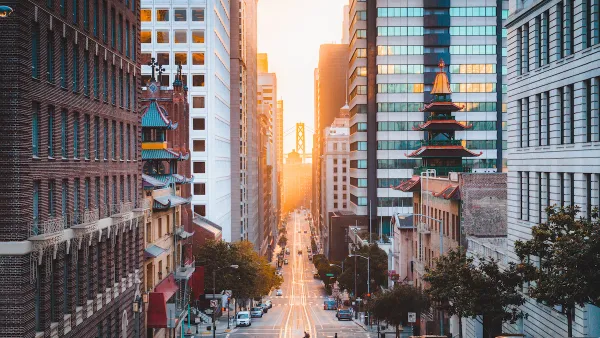Some organizations believe they hold the key to fighting poverty--economic development in the inner cities, which will in turn bring in private investment. But others maintain that both are hard to come by simultaneously.
Inner-city business development, Bartik has written, may be an effective means of relieving congestion and environmental strain in outer-ring communities and increasing tax revenues and amenities in inner cities. But it "is unlikely by itself to significantly increase the employment or earnings of the inner city poor."
Urban planner Lisa Servon concurs, telling Miller-McCune.com, "It's hard to do both economic development and poverty alleviation." Servon's own research on micro-enterprise - defined in the U.S. as businesses employing five or fewer workers and needing less than $35,000 in startup capital - underscores that difficulty.
Servon, the dean of Milano The New School for Management and Urban Policy, has written that starting a small business can lift individuals out of poverty; those businesses, in turn, provide stability and services for their communities. But, she acknowledged, "It's a pretty small group - maybe 3 to 5 percent" of low-income people for whom self-employment represents a realistic path out of poverty.
Servon insists that's not a reason to abandon the strategy. "You're not going to find a silver bullet," she cautioned. "It's going to be a range of solutions" that pulls inner cities back from the economic brink.
FULL STORY: Can Development Reduce Poverty?

National Parks Layoffs Will Cause Communities to Lose Billions
Thousands of essential park workers were laid off this week, just before the busy spring break season.

Retro-silient?: America’s First “Eco-burb,” The Woodlands Turns 50
A master-planned community north of Houston offers lessons on green infrastructure and resilient design, but falls short of its founder’s lofty affordability and walkability goals.

Delivering for America Plan Will Downgrade Mail Service in at Least 49.5 Percent of Zip Codes
Republican and Democrat lawmakers criticize the plan for its disproportionate negative impact on rural communities.

Test News Post 1
This is a summary

Test News Headline 46
Test for the image on the front page.

Balancing Bombs and Butterflies: How the National Guard Protects a Rare Species
The National Guard at Fort Indiantown Gap uses GIS technology and land management strategies to balance military training with conservation efforts, ensuring the survival of the rare eastern regal fritillary butterfly.
Urban Design for Planners 1: Software Tools
This six-course series explores essential urban design concepts using open source software and equips planners with the tools they need to participate fully in the urban design process.
Planning for Universal Design
Learn the tools for implementing Universal Design in planning regulations.
EMC Planning Group, Inc.
Planetizen
Planetizen
Mpact (formerly Rail~Volution)
Great Falls Development Authority, Inc.
HUDs Office of Policy Development and Research
NYU Wagner Graduate School of Public Service




























